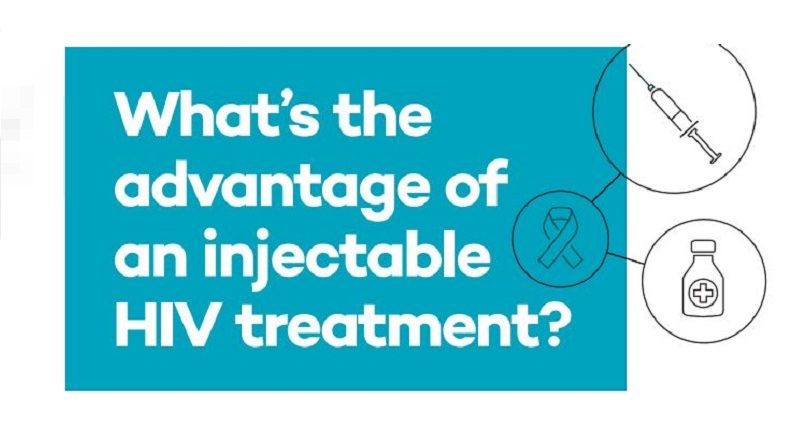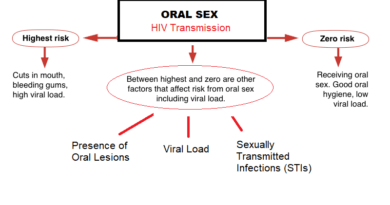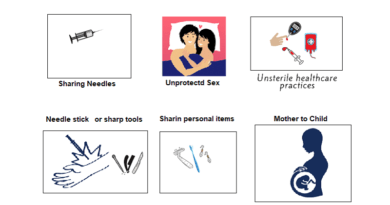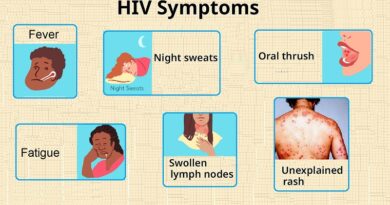The Future of HIV Treatment: Injectable Therapy Administered Once Per Year
Recent research has shown that a new future HIV treatment that needs to be administered only once per year is not a dream anymore, as its signs are showing on the horizon. This will be a game-changer for HIV treatment, making the treatment a simple process and surly improving patient adherence rates. sticking to treatment schedule will not be any more a kind of challenge. In this article, we’ll take a closer look at this exciting new development and what it could mean for people living with HIV.
Recent research news promises the development of a future injectable HIV medication administered once per year. [1] Early results from people taking a new antiretroviral medication called lenacapavir are promising, with the potential to revolutionize HIV treatment if the developers are able to pair it effectively with other drugs that also only needs to be taken twice a year [1].
The National Institute of Allergy and Infectious Diseases (NIAID) has also been supporting research on long-acting HIV therapies with the goal of developing treatments that can be taken only once a week, once a month, or even less often [2]. Long-acting HIV therapies have the potential to reduce the frequency of injections required and improve patient adherence rates.
The Importance of HIV Treatment Adherence
HIV treatment, currently available, requires patients to adhere to a strict medication regimen, usually taking multiple pills per day. This is really difficult for some people living with HIV, leading to missed doses and reduced effectiveness of the treatment. Poor adherence to HIV treatment can also increase the risk of developing drug-resistant strains of the virus. An injectable HIV treatment that only needs to be administered once per year would greatly simplify the treatment process, potentially improving adherence rates and treatment outcomes.
The Promise of Long-Acting Injectable Therapy
Long-acting injectable HIV treatments are currently in development, and early clinical trials have shown promising results. These treatments work by slowly releasing medication over an extended period of time, potentially allowing patients to receive treatment only once per year. The development of long-acting injectable therapy has the potential to revolutionize the treatment of HIV, making it easier for patients to manage their condition and improving their overall quality of life.
Some long-acting injectable HIV therapies are already available, with some being administered every month and others every two months. These treatments have been shown to be safe and effective in suppressing HIV, with injection site reactions being the most common side effect [3][4].
Benefits of Future HIV Treatment
The benefits of once-yearly injectable HIV therapy are numerous including:
- In addition to simplifying the treatment process.
- it could also reduce the stigma associated with HIV medication by making it less visible. This could be especially beneficial for patients who may feel ashamed or embarrassed about taking medication for HIV.
- Additionally, once-yearly injectable therapy could lead to improved treatment adherence rates, reduced side effects, and potentially better treatment outcomes.
The development of long-acting injectable HIV therapies is a promising new direction in the treatment of HIV. These treatments work by slowly releasing medication over an extended period of time, potentially allowing patients to receive treatment only once per month, or even less often. This could be a major breakthrough in HIV treatment, sim.
SUMMARY
The development of a future injectable HIV treatment that only needs to be administered once per year is an exciting new development in the world of HIV treatment. While this therapy is still in development, it holds great promise for people living with HIV. Once-yearly injectable therapy has the potential to simplify the treatment process, improve adherence rates, and ultimately lead to better treatment outcomes. As we continue to make strides in HIV research and treatment, this new therapy represents a significant step forward in the fight against this disease.
SOURCES
- https://www.niaid.nih.gov/diseases-conditions
- https://napwha.org.au/resource/factsheet-8-hiv-injectable-treatments/
- https://www.aidsmap.com/news/jul-2021/potent-new-anti-hiv-drug-only-needs-be-injected-once-every-six-months
- https://www.aidsmap.com/about-hiv/what-do-we-know-about-injectable-hiv-medication
- https://www.uwhealth.org/news/a-monthly-hiv-medication-what-you-need-to-know-about-injectable-cabenuva




